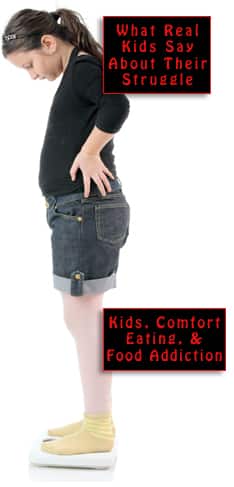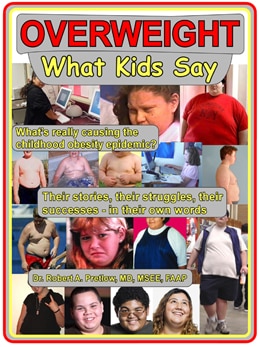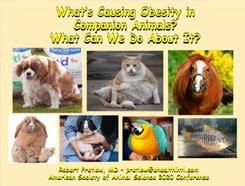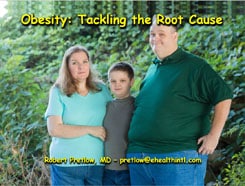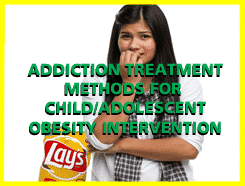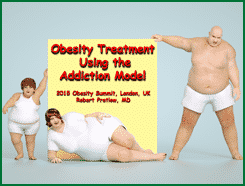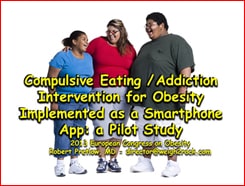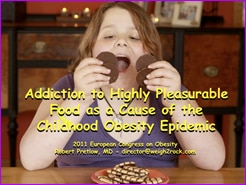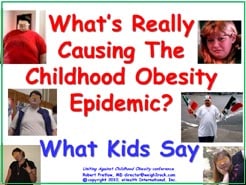Coronavirus Chronicles — Orphanhood and Other Knock-On Effects

The thing is, it’s not just that people are dying from COVID-19. There is a lot of spillover, an enormous amount of chain reaction, a huge pile of consequences that result from so many illnesses and deaths, and so much societal disruption.
Hospitals have reported turning away patients with urgent medical needs, including women in labor, because there was just nowhere to put them. In Austin, when a man with two guns was arrested outside a school, local residents speculated on what would have happened if he had not been apprehended.
A mass casualty event is not a farfetched possibility. Nationwide, more than 1,000 children and teens have been killed by guns this year so far. Plenty of thoughts and prayers are available — just nowhere near enough medical care. In Austin on that day, there were no emergency room beds, no intensive care beds, indeed no empty hospital beds of any kind, within miles.
To the point
This post is about dead parents, who are not just COVID patients. They are mothers and fathers with other medical emergencies, who in many places have been unable to get treatment because COVID patients absorb all the resources.
The stories become more specific, like the one Newsweek published last month, of a California couple, both in their late 30s, who died within two weeks of each other. They were survived by five children under the age of seven, and the sixth was delivered while her mother was being treated for the virus. The woman’s brother told a reporter that his sister had been reluctant to be vaccinated because she was pregnant. The most recent Childhood Obesity News post, by the way, is about the benefits and safety, for mothers and babies, of vaccination against COVID-19.
We hear one horrendous story after another, like that of a Tennessee mother of three who was hospitalized for months; who went deaf and had to have her hands and feet amputated because of COVID. A nurse’s social media account mentions a friend who is on oxygen because of COVID, and who is also taking care of the three children her sister left behind. The grandparents are unable to offer help, because they died too. So many of these deaths hurt children, and while all are tragic, some are tinged with painful irony, like the Georgia nurse and anti-vaxxer who died in August leaving five kids.
Seth Flaxman, co-lead author of a recent paper about children orphaned by the plague, says, “Out of control COVID-19 epidemics abruptly and permanently alter the lives of the children who are left behind.” Journalist Katie Camero elaborates on the theme:
Based on what researchers have learned from the Ebola and HIV epidemics, orphaned children face high risks of short- and long-term negative effects on their health, safety and well-being after losing caregivers. Consequences include poverty, mental health problems, sexual violence, teenage pregnancy and higher risks of suicide, heart disease, diabetes, cancer or stroke.
Each and every one of those physical and psychological problems can lead to obesity.
(To be continued…)
Your responses and feedback are welcome!
Source: “Parents of 5 Children Including Newborn Die 2 Weeks Apart From COVID,” Newsweek.com., 09/12/21
Source: “US is No. 4 in the world with most orphaned children by COVID deaths, study finds,” MiamiHerald.com, 07/21/21
Image by Marco Verch/CC BY 2.0










 FAQs and Media Requests:
FAQs and Media Requests: 